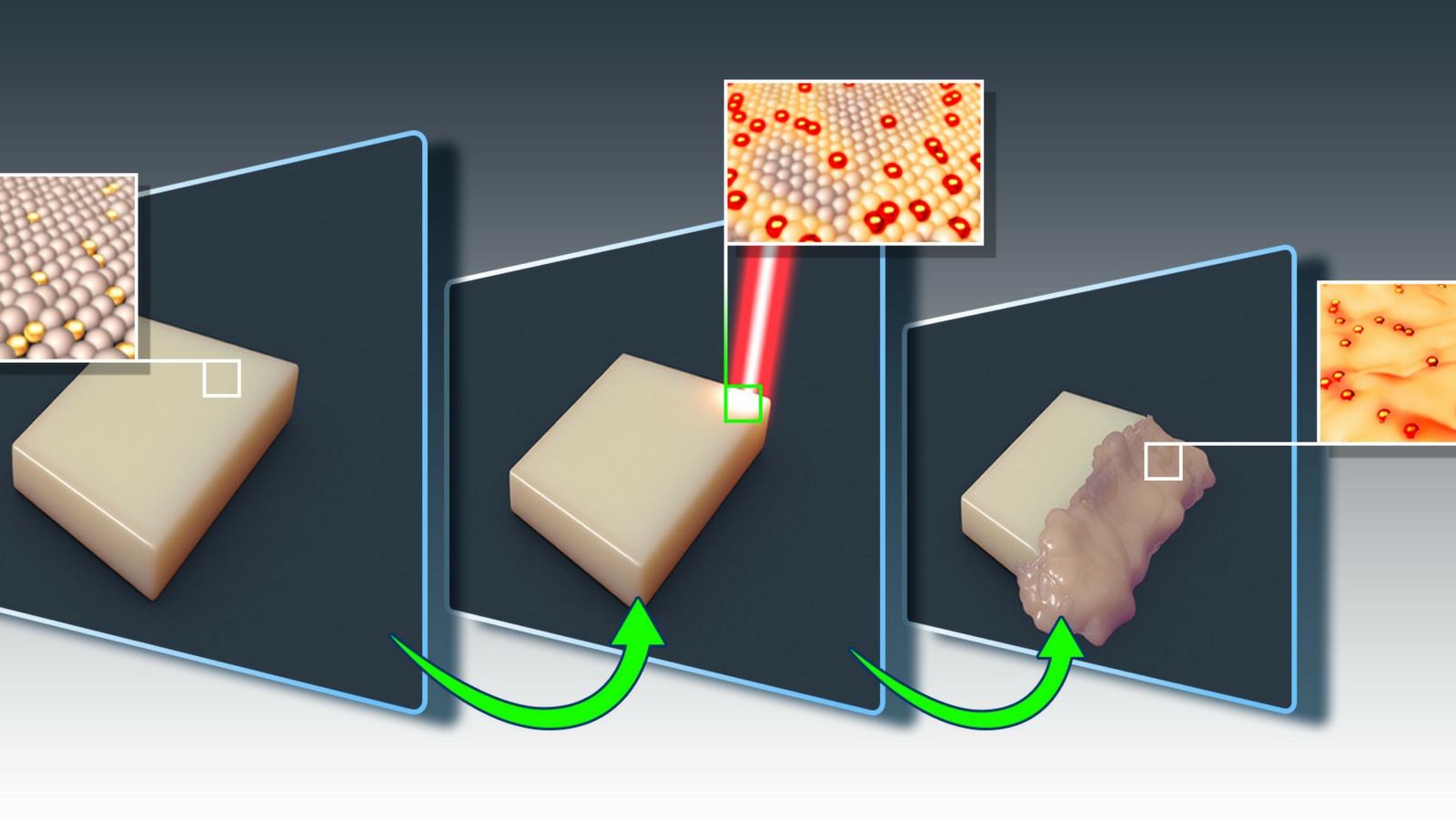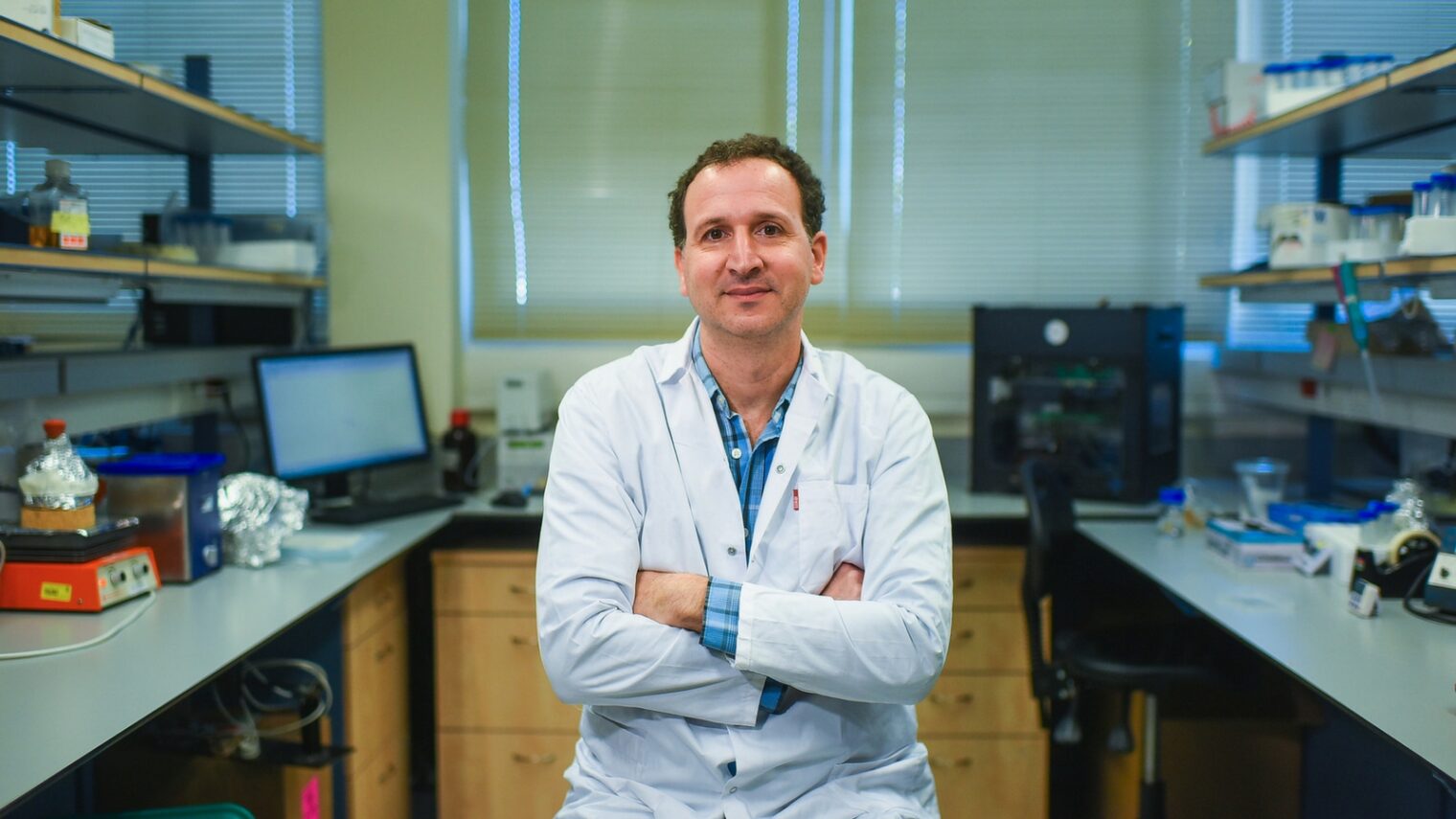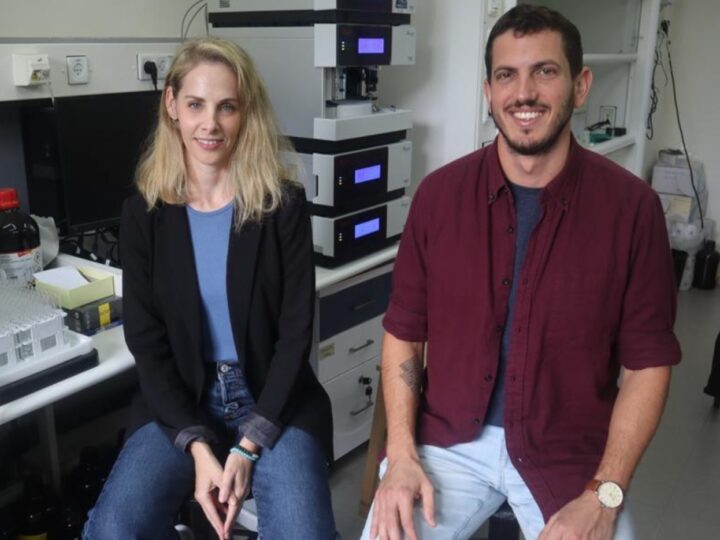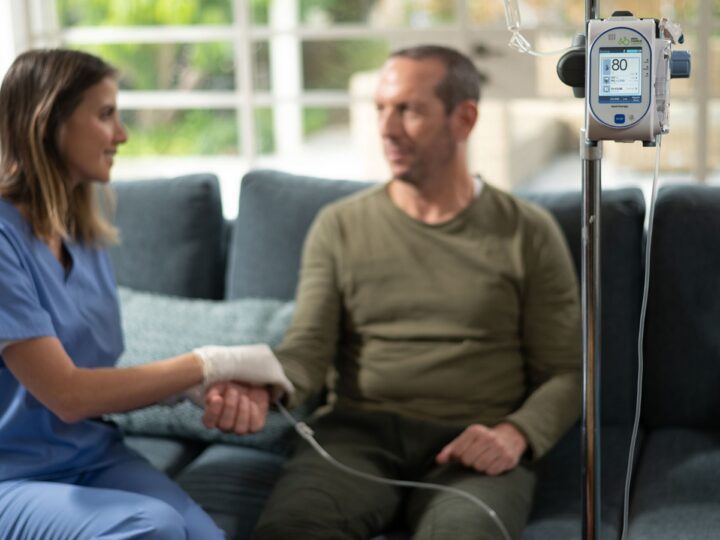Researchers at the Technion Faculty of Biotechnology and Food Engineering have developed a new, highly targeted technology for drug delivery that uses light to affect only the diseased tissue the drug is targeting.
The noninvasive method helps avoid random dispersion of drugs throughout the body, which often lowers their effectiveness and can damage healthy tissue. Chemotherapy drugs, for example, work to block cell division but cause hair loss and bowel issues in cancer patients. As a result, there has been a global effort to develop a better targeted system of drug delivery that can bypass healthy tissue and reach only specific parts of the body affected by cancer.
The new method, published in ACS Applied Materials & Interfaces, was developed by doctoral candidate Alona Shagan and Assistant Prof. Boaz Mizrahi. It uses a unique polymer coating that contains nanoscale gold particles, in addition to the drug itself. The drug only releases when a light shines on the gold particles, causing the polymeric coating to melt.
“Photo-triggered materials fulfill a vital role in a range of biomedical applications,” said Shagan. “But despite this enormous potential, these materials are rarely used because of toxins in the polymer coating itself, and damage caused by high-energy (shortwave) light.”
The researchers designed the groundbreaking delivery method to release under longwave light (Near-Infrared, NIR), which has the advantage of being able to penetrate bodily tissues without harming them.

“We’ve developed a material with varying melting points, allowing us to control it using low intensities,” explained Mizrahi. “Our system is composed of FDA-approved materials, and we are relatively close to clinical application.”
The researchers believe this new technology can be used for a variety of other applications, such as the sealing of internal and external injuries, temporary holding of tissue during surgery, or as biodegradable scaffolds for growing transplant organs.

The polymer may also be able to be used as part of the self-healing process, opening it up to a wide range of both medical and non-medical applications.
“This article focuses on the concept and material: how we can design the material to fulfill these particular physical and mechanical requirements,” said Mizrahi. “The next step will include creating particles that include the drugs so that we can test their improved effectiveness using this delivery technology. We’ll discuss that in an upcoming article.”
















